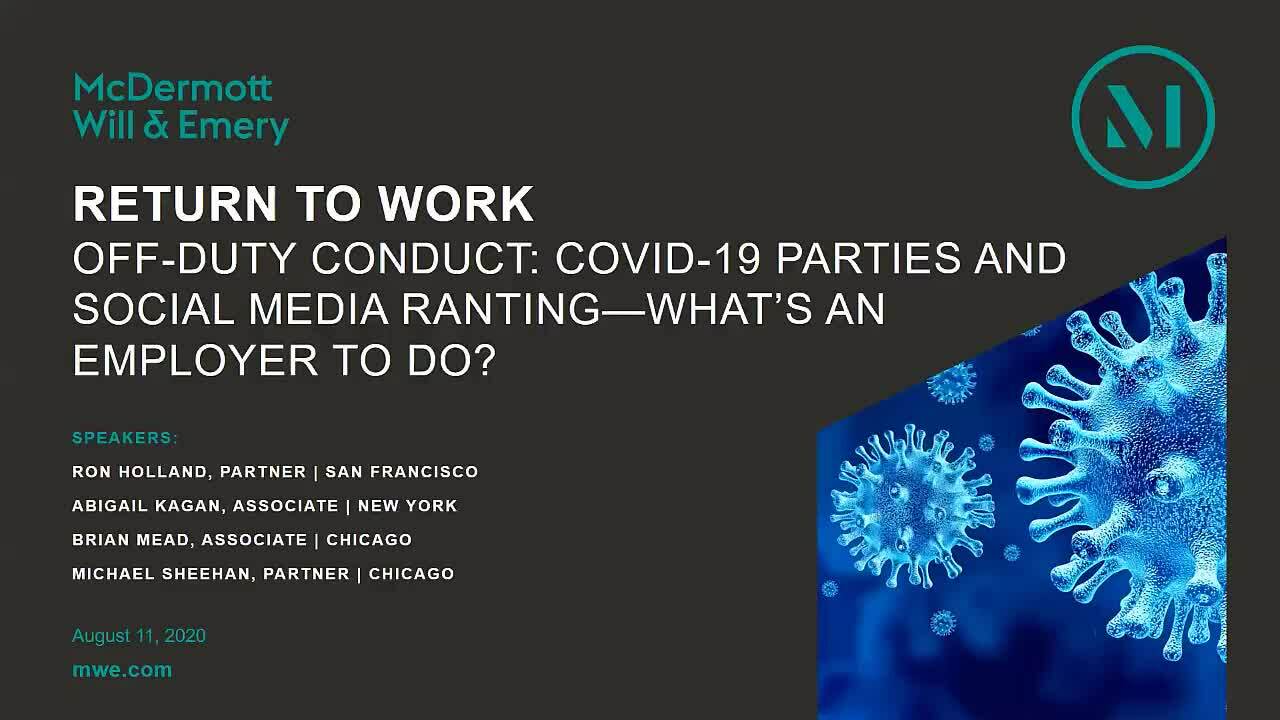COVID-19 safety plans are a way for employers to demonstrate to their employees, the public and, in certain cases, state governments that they have considered the risks associated with COVID-19 in their workplaces and have developed a response to these concerns. The plans establish and explain the policies, practices and conditions necessary to meet the Centers for Disease Control and Prevention (CDC) and Occupational Safety and Health Administration (OSHA) standards relating to worker and customer exposure to COVID-19. These plans may also incorporate guidance from the state department of health and industry specific guidelines issued via state executive orders.
read more

 Subscribe
Subscribe





